When it comes to lower back and hip discomfort, it is crucial to understand the differences between two commonly encountered conditions: Piriformis Syndrome and Gluteus Medius Pain. By grasping the nuances of each ailment, individuals can obtain proper diagnosis and tailored treatment for effective pain management.
What is Piriformis Syndrome
Piriformis Syndrome refers to the condition in which the piriformis muscle, located deep within the buttocks, becomes tight or irritated, often compressing the sciatic nerve. This compression can lead to symptoms such as pain, numbness, and tingling extending down the leg. Diagnosis is typically made through a combination of physical examination and medical history assessment, while imaging may be used to rule out other conditions. Leaving Piriformis Syndrome untreated may result in chronic pain and limited mobility.
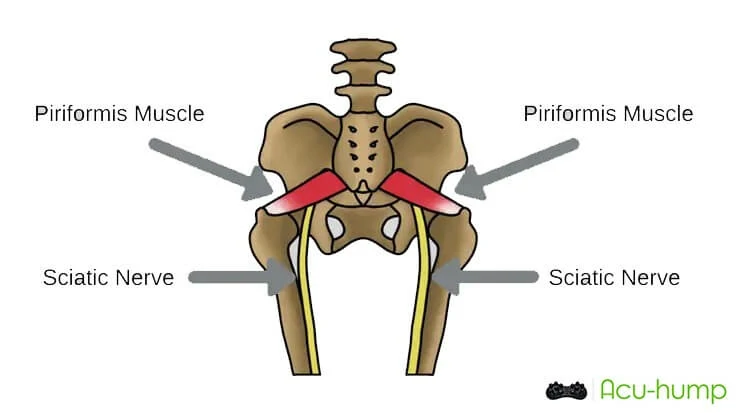
What is Gluteus Medius Pain
Gluteus Medius Pain, on the other hand, involves discomfort arising from inflammation or irritation of the gluteus medius muscle. Unlike Piriformis Syndrome, Gluteus Medius Pain does not typically cause symptoms radiating down the leg. Accurate diagnosis is crucial to differentiate it from other conditions, such as hip bursitis or lower back issues. Specialized physical examination maneuvers and imaging techniques may be employed for a precise diagnosis tailored to the individual’s symptoms.
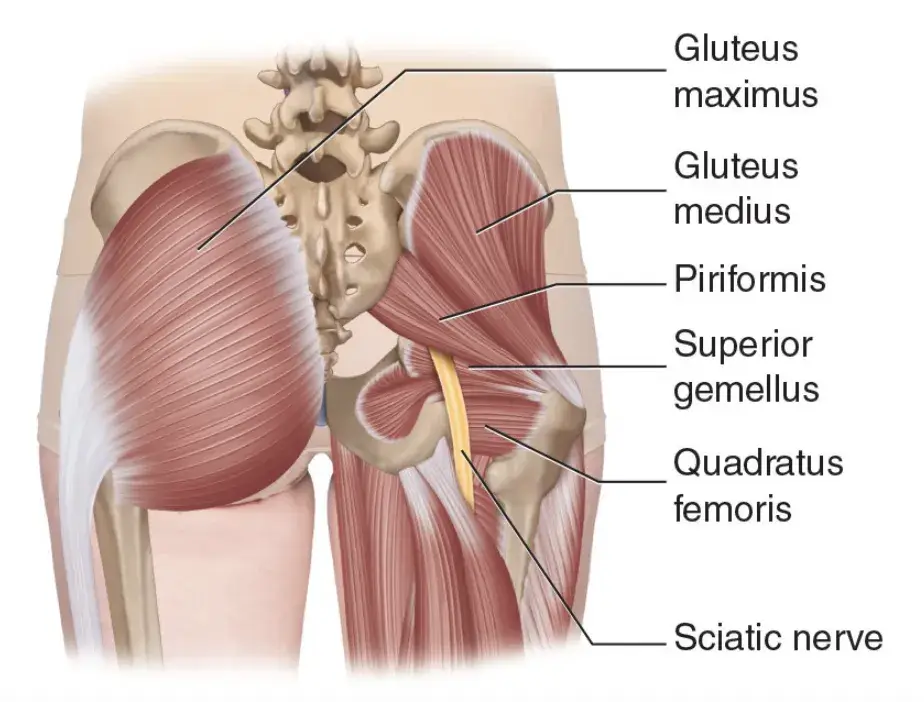
Treatment Approaches for Piriformis Syndrome and Gluteus Medius Pain
Both Piriformis Syndrome and Gluteus Medius Pain can benefit from certain common treatment approaches. However, it is important to acknowledge their unique characteristics and individualized treatment plans.
In cases of both conditions, conservative treatment options are typically employed as the initial management approach. This includes a focus on stretching and strengthening exercises to target the affected muscles. For Piriformis Syndrome, specific exercises aimed at the piriformis muscle help alleviate tightness and reduce compression on the sciatic nerve. Similarly, for Gluteus Medius Pain, targeted exercises aim to strengthen the gluteus medius muscle, which can contribute to pain relief and improved stability.
Furthermore, physical therapy modalities may be utilized for both conditions to aid in pain relief and facilitate recovery. Techniques such as ultrasound or electrical stimulation can complement exercise regimens and promote healing.
Pain management plays a crucial role in the treatment of both conditions. For this purpose, medications such as nonsteroidal anti-inflammatory drugs (NSAIDs) may be prescribed to alleviate pain and reduce inflammation. Local injections, containing corticosteroids or anesthetic agents, may also provide temporary relief.
While most cases respond well to conservative measures, severe or refractory cases may require surgical intervention as a last resort. Surgical options aim to relieve compression, correct underlying structural abnormalities, or release tight muscles causing the pain in buttocks.
In the management of Gluteus Medius Pain, additional emphasis is placed on manual techniques, such as soft tissue mobilization, to address muscle imbalances and improve overall muscle control and stability. Rest and ice therapy can also be beneficial in reducing pain and inflammation.
It is essential to remember that these treatment approaches should be tailored to the individual’s specific needs and guided by healthcare professionals. Seeking professional help ensures accurate diagnosis and the development of a comprehensive and effective treatment plan.
Prevention and Self-care for Both Conditions
Maintaining proper posture and ergonomics is essential for preventing both Piriformis Syndrome and Gluteus Medius Pain. Employing strategies to avoid overuse or repetitive stress injuries is also crucial. Incorporating regular exercise routines that promote muscle strength and flexibility can help prevent the onset or recurrence of these conditions. However, individuals with existing conditions should consult with healthcare professionals for personalized advice and guidance.
Acu-hump: Deeply Massage Hips
In addition to the aforementioned options, you can also consider trying the Acu-hump, a specialized massage tool designed specifically for targeting the muscles in the buttocks. With 14 massage protrusions, it provides deep pressure that effectively releases tension in the gluteal muscles.
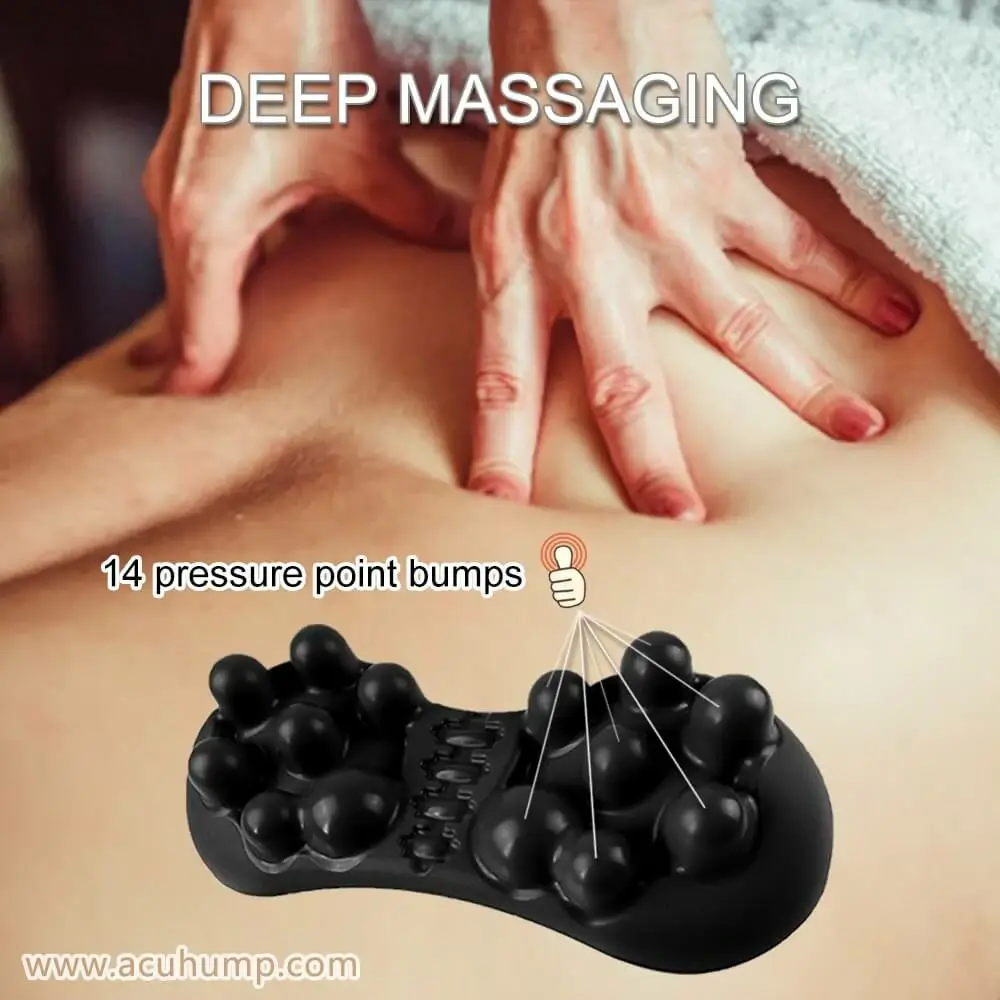

Acu-hump®
Release Butt & Hip
Furthermore, Acu-hump can also be incorporated into stretching exercises, allowing for simultaneous acupressure massage and stretching movements. This combination technique promotes relaxation of both the piriformis muscle and the gluteus medius, preventing them from becoming tight and compressing the sciatic nerve, thus helping to alleviate sciatica pain.
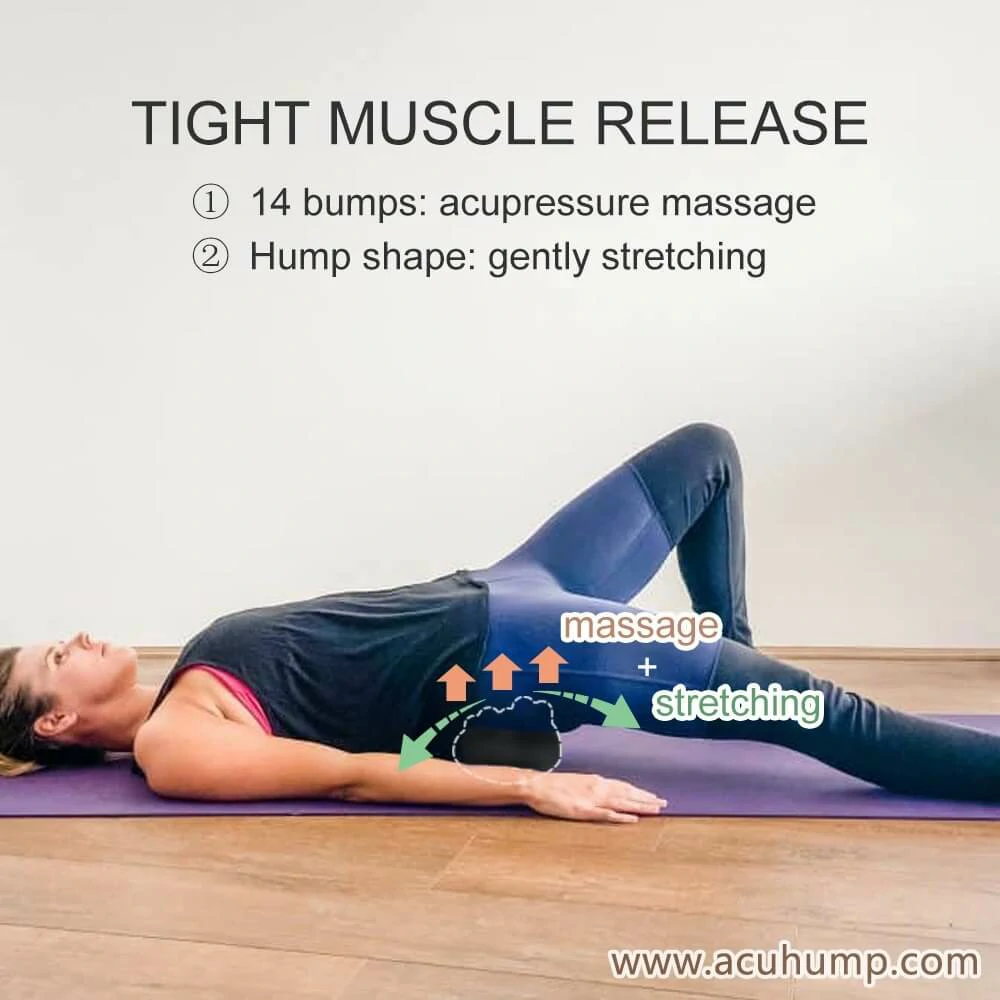
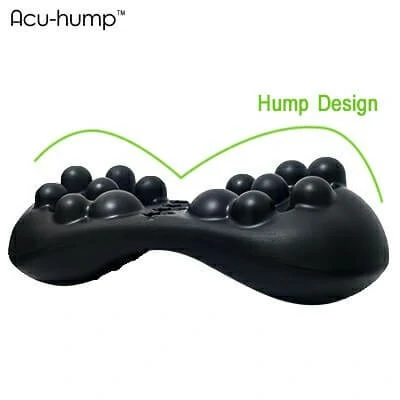
Acu-hump: 30-day return policy.
You have no risk.
Experience the benefits of Acu-hump, beyond the range of other massage tools, and unlock a new level of relief and relaxation for your buttock muscles.Furthermore, Acu-hump can also be incorporated into stretching exercises, allowing for simultaneous acupressure massage and stretching movements.
Acu-hump: 30-day return policy. No risk for you.
Recognizing the disparities between Piriformis Syndrome and Gluteus Medius Pain allows individuals to seek appropriate medical attention and implement tailored treatment plans. Accurate diagnosis and individualized care provided by healthcare professionals are crucial for effective management. By following prescribed therapies, engaging in preventive measures, and seeking professional help, individuals can find relief and regain their quality of life.
